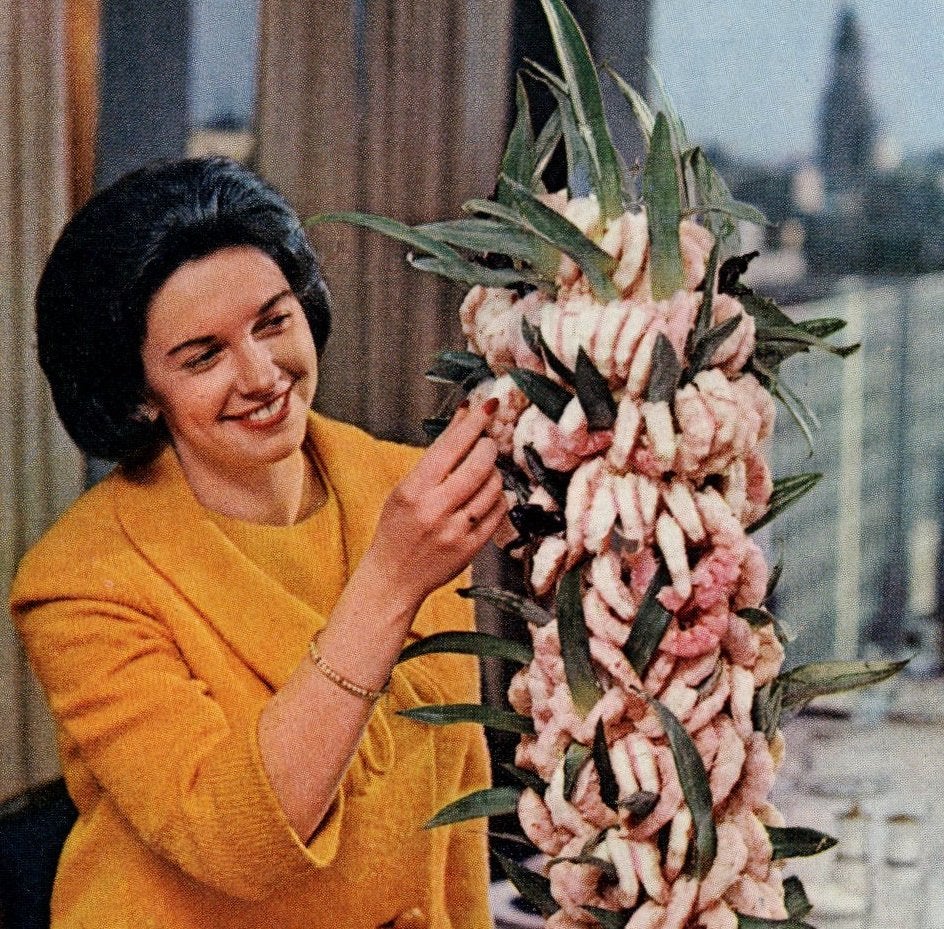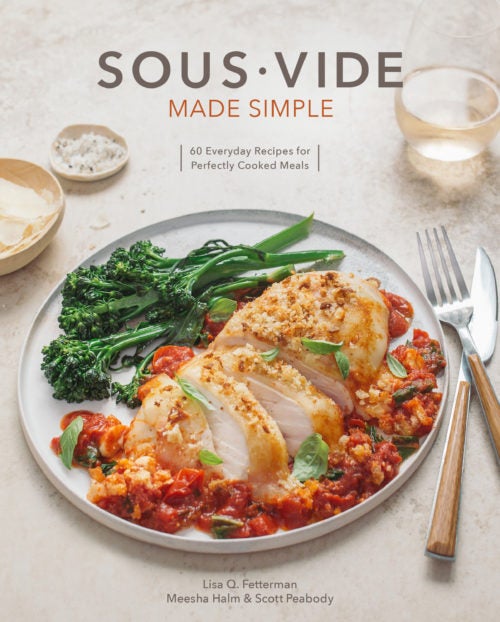
It involves cooking, cooling, and storing in a plastic bag.
Most recipes for poaching shrimp go something like this: You boil water with some salt, lemon juice, maybe a bay leaf. You dump your raw, deveined shrimp into this flavorful little bath, and watch, adrenaline pumping, for about 2 1/2 minutes as they turn from translucent little creatures into opaque pink curls. Then you leap across the kitchen to dump these expensive little guys into a large ice bath in the hope that they won’t overcook in their own lingering heat.
With shrimp, the margin of error can be pretty small. If you get distracted for 30 seconds, or if you forget to have your ice bath ready and waiting, they will overcook and turn out tough and rubbery. Ruining the whole thing is as easy as wandering into the other room to turn the music up, or responding to an email. But if you have 15 minutes and a sous vide circulator, there’s a much more forgiving way that will keep that $30 worth of seafood out of harm’s way.
In her latest book, Sous Vide Made Simple, Lisa Q. Fetterman shares this as the key to tender shrimp cocktails and garlicky shrimp pastas. As Fetterman writes, “Shrimp is highly sensitive to heat and goes from raw to rubbery in a matter of minutes.” But by lowering and closely controlling the heat with a circulator, you can slow down the cooking process and pretty much eliminate the possibility of overcooking them.
With your circulator set to 140°F, the shrimp will be cooked within 15 minutes, but leaving them in the warm water for an extra 10 minutes is totally fine. Even if your shrimp are on the plump side (or on the shrimpy side), they’ll be cooked consistently, all the way through. Once you’ve removed the plastic bag from the warm water, you can just transfer the whole bag to an ice bath, and from there, you can stick the whole bag in the fridge until you’re ready to use them (they’ll be good refrigerated for up to a week).
If you decide to make a party-size shrimp cocktail and sidestep the flavorless, limp grocery store tray, you can cook a few pounds of shrimp at once without affecting the cook time. Two pounds will fit in a one-gallon bag (if you’re making more, just distribute them into a couple separate bags). “Just be sure to arrange them in a single layer with as little overlap as possible to ensure even cooking,” says Fetterman.
Since there is no direct heat touching the shrimp during sous vide, avoiding caramelization, the method works best as a replacement for poaching. If you want a sear, cook in a pan. Rather than flavoring your poaching liquid, you season your shrimp with a little salt before putting them into the vacuum bag. If you’re ultimately incorporating them into a warm dish (like Fetterman’s gumbo or garlicky shrimp linguine), just add them at the very end and give them about a minute in the warm pan to heat through.
Straight out of the refrigerator, you can tuck the shrimp into summer rolls full of vermicelli and fresh herbs. You can turn them into James Beard’s very retro shrimp butter by chopping them into some softened butter with a little bit of diced onion and parsley. Or you can dig up some vintage issues of Martha Stewart and construct your own shrimp cocktail tower out of nesting bowls filled with ice.
